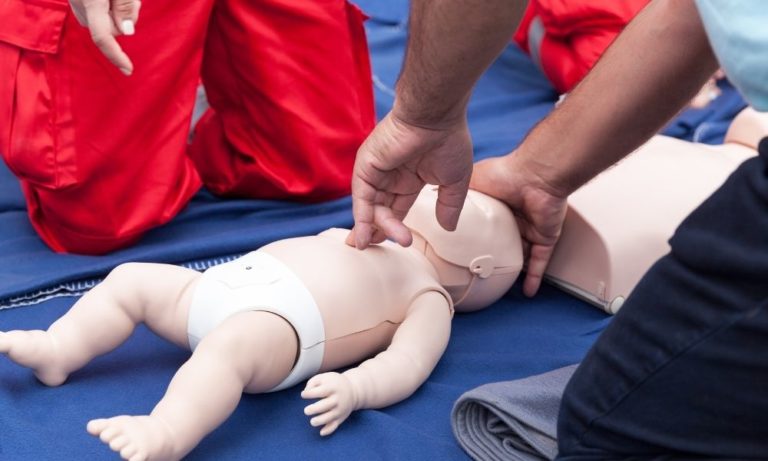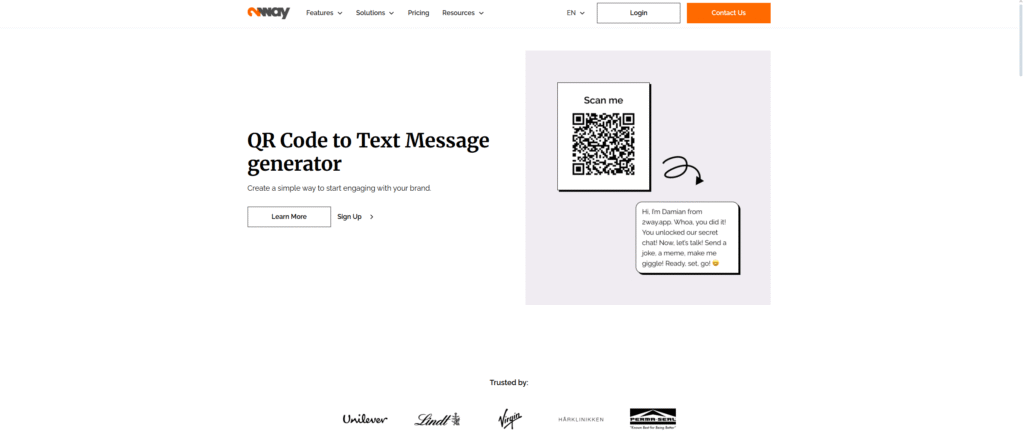In the U.S., unintentional injuries are the top cause of death among children. They make up nearly 40% of all childhood deaths, according to the American Family Physician. Responding to pediatric trauma needs quick, focused, and age-appropriate care. Without the right training, that can feel overwhelming.
That’s why many healthcare providers take an online Pediatric Advanced Life Support (PALS) course. It helps you spot early warning signs, make decisions quickly, and work with a team during high-pressure pediatric emergencies. In the course, you’ll learn structured response steps (called algorithms), improve your pediatric assessment skills, and get hands-on practice through simulations. These tools help you step up in an emergency, whether you’re leading the response or supporting the team.
So, how does PALS actually help you prepare for pediatric trauma care? Let’s take a closer look.
The Unique Challenges of Pediatric Trauma
Unique Pediatric Anatomical Differences
Children’s anatomy is not a diminutive model of the adult body. Their bodies have proportionally larger heads, narrower airways, and finer tissues, necessitating adjusted approaches and caution in trauma management and airway care.
Limited Child Communication Abilities
Non-verbal or uncommunicative symptoms can be found in young children. This is why it becomes imperative to be dependent on visual examination, behavioral clues, and systematic tools such as the Pediatric Assessment Triangle (PAT).
Rapid Physiological Deterioration Risk
Pediatric patients may be able to make up for shock or trauma at first, and then deteriorate rapidly and unexpectedly. PALS training teaches you to recognize these subtle early signs and intervene before it’s too late
Emotional and Behavioral Complexity
Trauma may cause fright, panic, or resistance in children. Knowledge of child psychology assists practitioners in pacifying patients satisfactorily, making treatment safer and enhancing cooperation during crises.
Increased Family Presence Pressure
Parents tend to be around and emotionally upset in pediatric trauma management. PALS teaches you techniques for dealing with this dynamic without compromising professionalism, concentration, and clinical efficiency under stress.
What You’ll Learn in a PALS Course
A PALS course teaches you more than just basic life support. It helps you handle serious pediatric emergencies with confidence. Here’s what you’ll learn during the course:
- Structured Assessment Tools For Quick Decisions: The curriculum stresses a step-wise assessment process of airway, breathing, and circulation (ABC) to assist you in quickly recognizing life-threatening issues and establishing priority in pediatric trauma
- Airway and Respiratory Emergency Skills: You will learn to control frequent problems such as obstruction, respiratory distress, and failure with equipment like bag-valve masks, suction devices, and child-specific airway adjuncts
- Early Identification and Treatment of Shock: PALS educates you on how to identify subtle clues of shock, begin fluid resuscitation, and stabilize circulations before the child’s situation is irreversible, particularly in the case of trauma from blood loss
- Cardiac Rhythm and Arrest Management: Although uncommon, children’s cardiac arrest generally stems from respiratory failure. You’ll become proficient in CPR, AED operation, and pediatric rhythm identification to react quickly in an unexpected cardiovascular collapse.
- Safe, Accurate Medication Dosing: Since pediatric medication is based on weight, PALS instructs you in how to calculate and administer emergency medications safely, minimizing the risk of error during frenzied trauma interventions
- Team-Based Trauma Response Skills: Trauma cases require teamwork. PALS focuses on communication techniques such as closed-loop feedback and explicit role assignment to facilitate teams to perform well under pressure
Who Should Enroll in a PALS Course?
Not sure if a PALS course is the right fit for you? Let’s make it simple. Here’s who gets the most value from this type of pediatric emergency training:
- Pediatric and Emergency Nurses: Pediatric ward or emergency room nurses require PALS to handle critical cases with confidence, deal with trauma situations, and assist medical teams in high-risk situations.
- Physicians and Advanced Care Providers: Emergency physicians, pediatricians, or intensive care physicians are required to be prepared for pediatric trauma at any moment. PALS offers an apparatus for assessment under pressure and efficient intervention
- Paramedics and Transport Teams: EMS personnel and flight medics frequently face pediatric trauma in uncontrolled settings. PALS improves field decision-making and prepares them to stabilize children prior to hospital arrival
- Respiratory Therapists and Critical Care Staff: Pediatric airway emergencies occur frequently in trauma. PALS allows respiratory therapists to enhance airway management skills and enhances coordination with nurses and physicians in critical situations
Why PALS Training Matters?
PALS training isn’t just a box to check. If you work with kids in emergencies, it teaches you what to do when every second matters. Here’s why learning these skills can really help you save a child’s life:
- Boosts Your Confidence During Emergencies: When a pediatric emergency occurs, there’s no time to second-guess. PALS ensures you know what to do, how to do it, and when—building the confidence needed to take action
- Improves Team Coordination and Patient Outcomes: PALS is more than solo skills—it’s about working with others. It trains entire teams to respond quickly and effectively, reducing delays and improving survival rates in trauma cases.
- Enhances Your Professional Credentials: Many hospitals require PALS certification for specialized roles. It strengthens your resume and opens doors to advanced positions in emergency, critical care, and pediatric units.
- Faster Pediatric Emergency Intervention: With PALS training, healthcare providers can identify critical signs of deterioration early. This enables faster, more targeted interventions that reduce complications and increase survival rates in pediatric trauma emergencies.
- Fewer Errors Under Pressure: Emergencies are high-stress and fast-paced. PALS helps reduce critical mistakes—like incorrect medication doses or improper airway management—by instilling muscle memory and structured response protocols.
- Greater Family and Team Trust: When you’re calm, prepared, and confident, others notice. PALS training builds trust—both from the families of young patients and the medical teams relying on your skill in life-or-death situations.
Prepared to Act, Trained to Save
A PALS course gives you more than just medical steps to follow. It helps you build the confidence to handle pediatric emergencies quickly and effectively. You learn how to assess a child in distress, make decisions under pressure, and work with others during fast-moving situations. The course also teaches you how to spot early warning signs and perform key skills like airway support and pediatric resuscitation.
If you’re a healthcare provider who sees children in any way, there’s never a better time to invest in your skill set. Enroll in a PALs course today and become the provider every child should have in an emergency.





